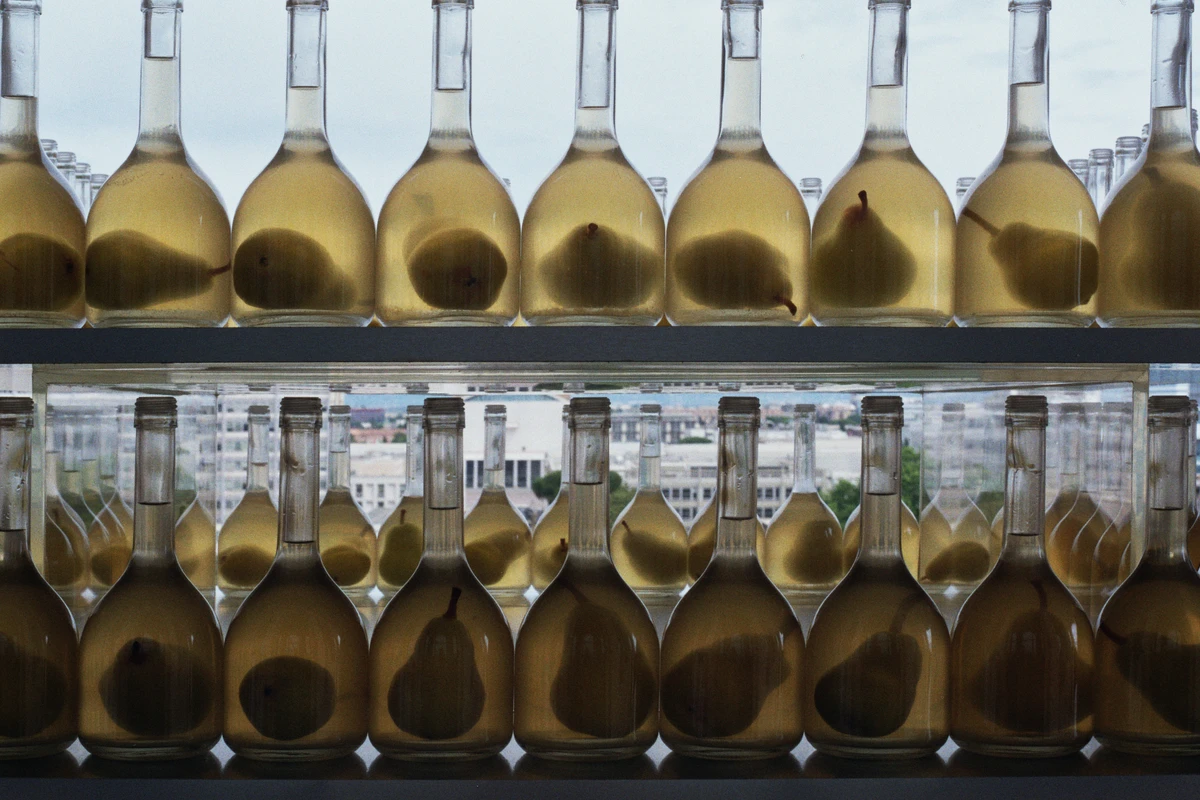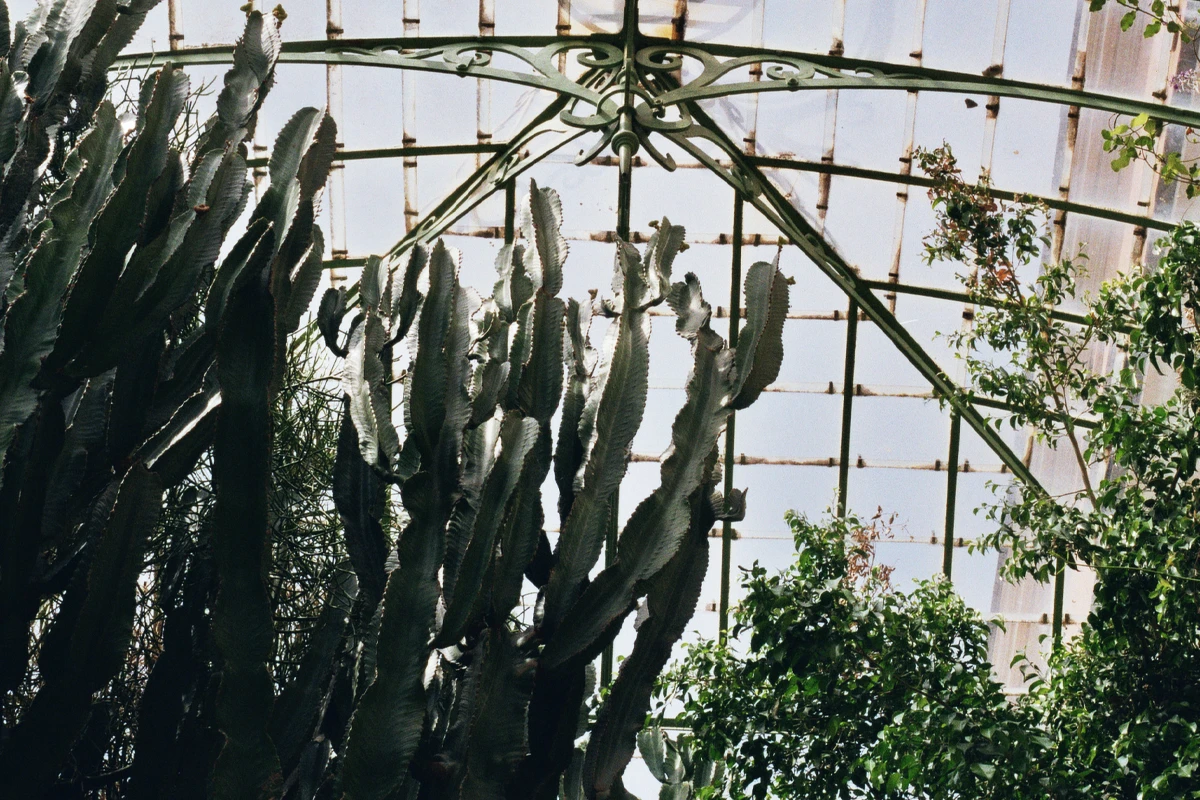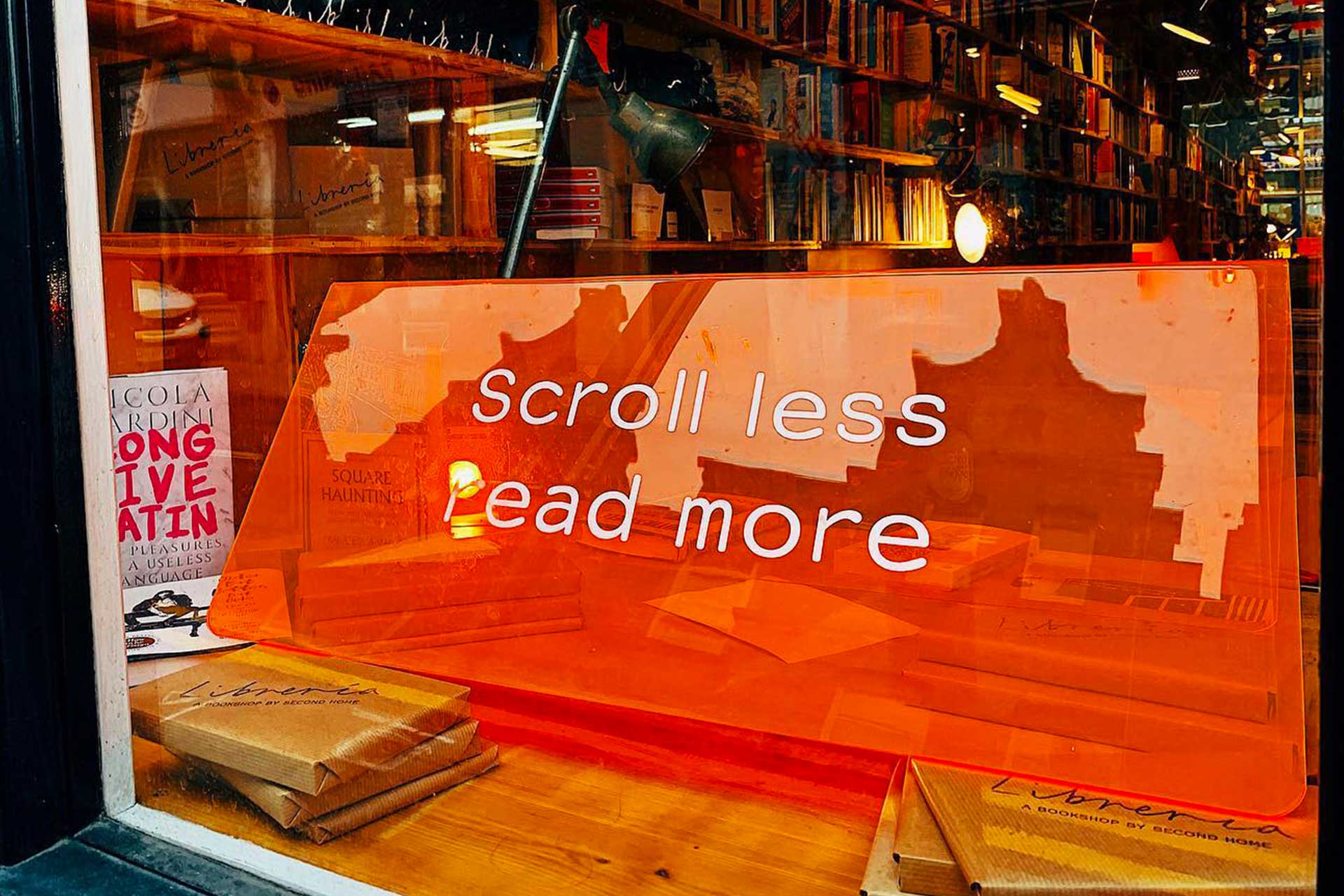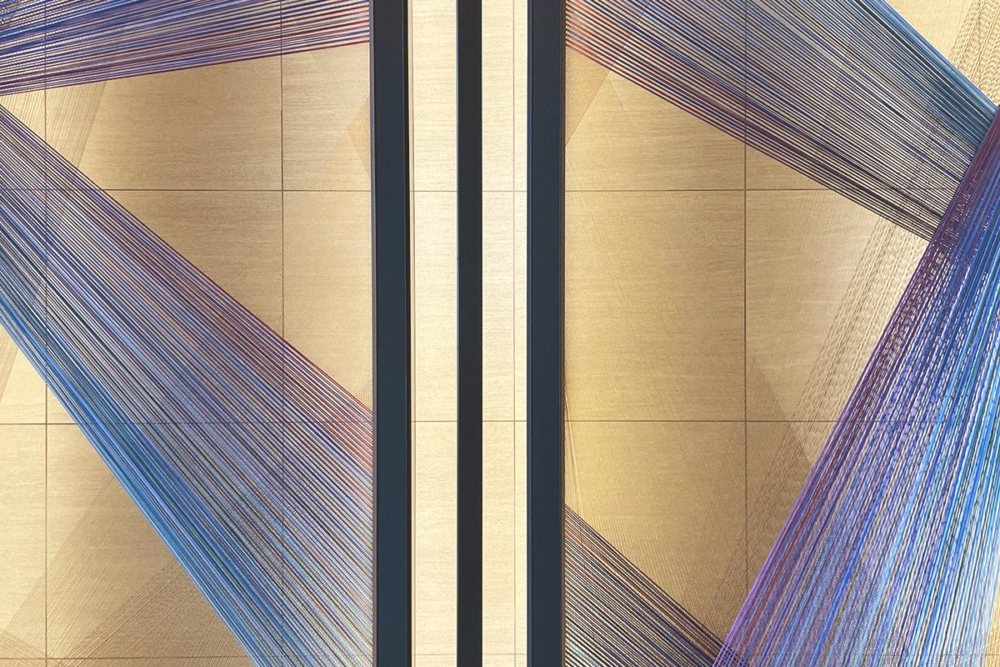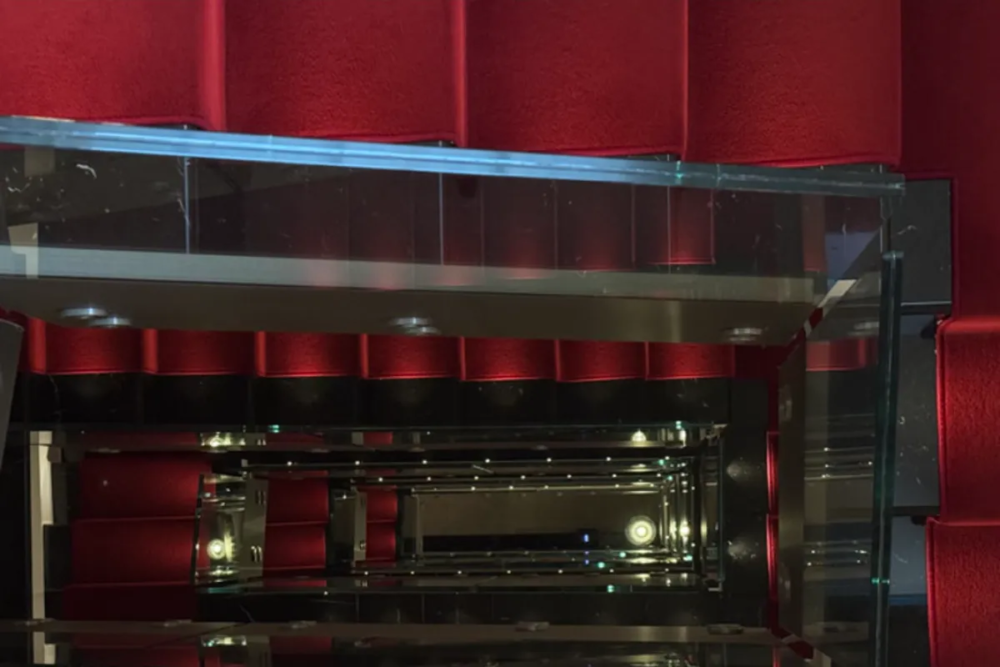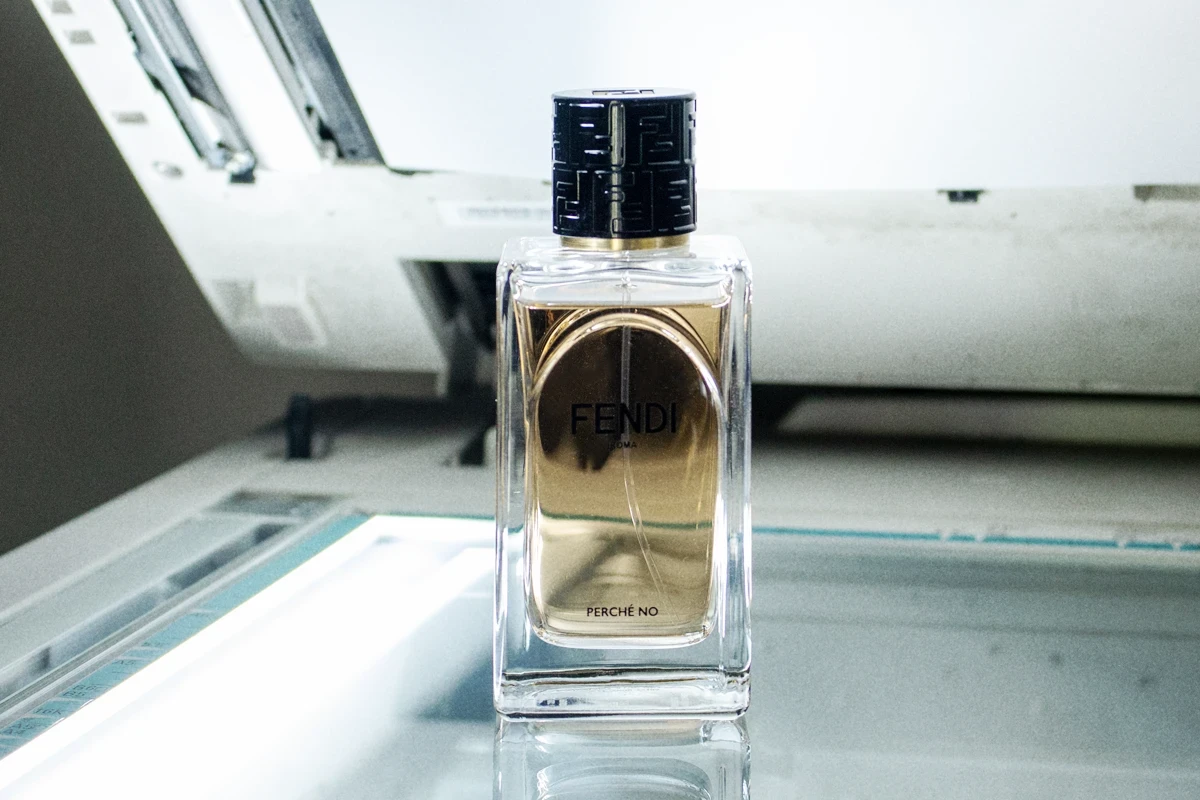
Anna Fendi and the F which stands for Family
99 years of Fendi: from the power of the family as an image, the changes in company management, some words from Anna Fendi and the new opening in via Montenapoleone
Fendi 99 years and the centenary next year in 2025
People have been talking more about Fendi than usual in recent months: in 2025, even more words and attention are expected. It’s been 99 years since Fendi was founded – next year is the centenary anniversary. The foundation of Fendi remains strong in the creative and social imaginary: that F that became double as a game by Karl Lagerfeld; that F that in fashion industry vocabulary stands for Family.
The Fendi sisters in Becoming Karl Lagerfeld
The five sisters are daughters of Adele Casagrande, married to Edoardo Fendi. We recognize them in the first episode of Becoming Karl Lagerfeld, now streaming with Daniel Brühl playing the German young boy from Hamburg. In a Parisian café, he meets his main clients: among them are the sisters. With their long necks, narrow waists, and poses, they resemble swans. They share inputs and pragmatic notes, planning the revenues of what will be an empire.
Anna Fendi married Giulio Venturini, a house in Camilluccia
Rome, Palazzo della Civiltà Italiana. I’m sitting at a table to the right of Anna Fendi – a bit of noise comes from a party set, that bit of music. I improve my lip-reading skills for words spoken softly like a whisper. I’m focused and my twisted neck pulls. “Our mother only told us that one mistake was allowed, two were not.” The Fendi sisters thought Lagerfeld’s ideas were ahead of their time, that buyers might not understand. “He used to sketch fashion models in front of us – if he caught a glimpse of insecurity from us, he would crumple the design and throw it away. Later, as soon as he had left the room, Carla would collect the sketch, iron it, and archive it.”
Anna Fendi married Giulio Venturini. “I became a widow at 40,” the smile fades but recovers soon. “I bought a house in Camilluccia, a neighborhood in Rome. It was a financial effort for me. I started renovating it: the main body, the guard house, and other volumes on pertinent land. I lived there for years – then one morning I decided to leave. To leave that house to my daughters. I wanted my three daughters to live there together, united. I didn’t take anything away – otherwise, I would never have left. I wanted my daughters to take charge of the house I had created, just as my mother did with us sisters for her company.”
Matriarchal: Fendi, a women’s family, four generations
A third generation family of women. Anna Fendi’s daughters. Maria Teresa manages the Spoleto Festival, the McKim Medal Gala; the Carla Fendi Foundation – just a few weeks ago, the prize was given to Kamrooz Aram, a five months residence at the American Academy. Silvia “is one of those daughters who never trouble. She took Anna’s place at Fendi, she designed the Baguette and Peekaboo, today she is the head for man style and Fendi accessories – “I wanted her to move forward with Karl Lagerfeld when we reached an agreement with LVMH. It was her moment, I chose to let her do it. I could not, nor did I want to, work with her.” Ilaria handled Fendissime – which took over the rooms of Palazzo Ruspoli in Via Fontanella Borghese. Later, she dedicated herself to biodynamic agriculture at the country estate.
Fourth generation. Silvia Venturini Fendi has two daughters, Delfina Delettrez Fendi and Leonetta Luciano Fendi. The surname’s matriarchal line persists. Delfina has a first-born daughter, Emma – and later, the boys arrive. One of the perfumes we came to Rome for is dedicated to Delfina’s sons. We count seven perfumes like Rome’s seven hills.
The seven Fendi perfumes are dedicated to family members
The perfume signed by Anna Fendi is made with roses – just a reminder, the main Italian rose producer, Barni in Tuscany, named a rose in tribute to Anna Fendi. Silvia’s perfume is a complication of pink pepper and incense; Delfina chooses an almost pure bergamot; Leonetta chooses scents of Ponza, fig, and orange blossom. The last, or perhaps better, the first perfume is dedicated to the founding grandmother, Adele Fendi, with myrrh and amber. We have five women and five perfumes over four generations. The sixth perfume is for the fifth generation, for Tazio and Dardo, the twin sons of Delfina, the first males to enter the story. The seventh perfume is signed by Kim Jones, the English designer who signs the Fendi women’s collection.
A kind word for everyone comes from Anna Fendi. For Kim Jones as for Piero Tosi or Luchino Visconti – when Rome was the scene for the bourgeoisie that dismantled a millennial aristocracy. One evening at Palazzo Farnese, Anna Fendi counted 37 women wearing a Capucci ball gown – robes you may use to sit on a throne.
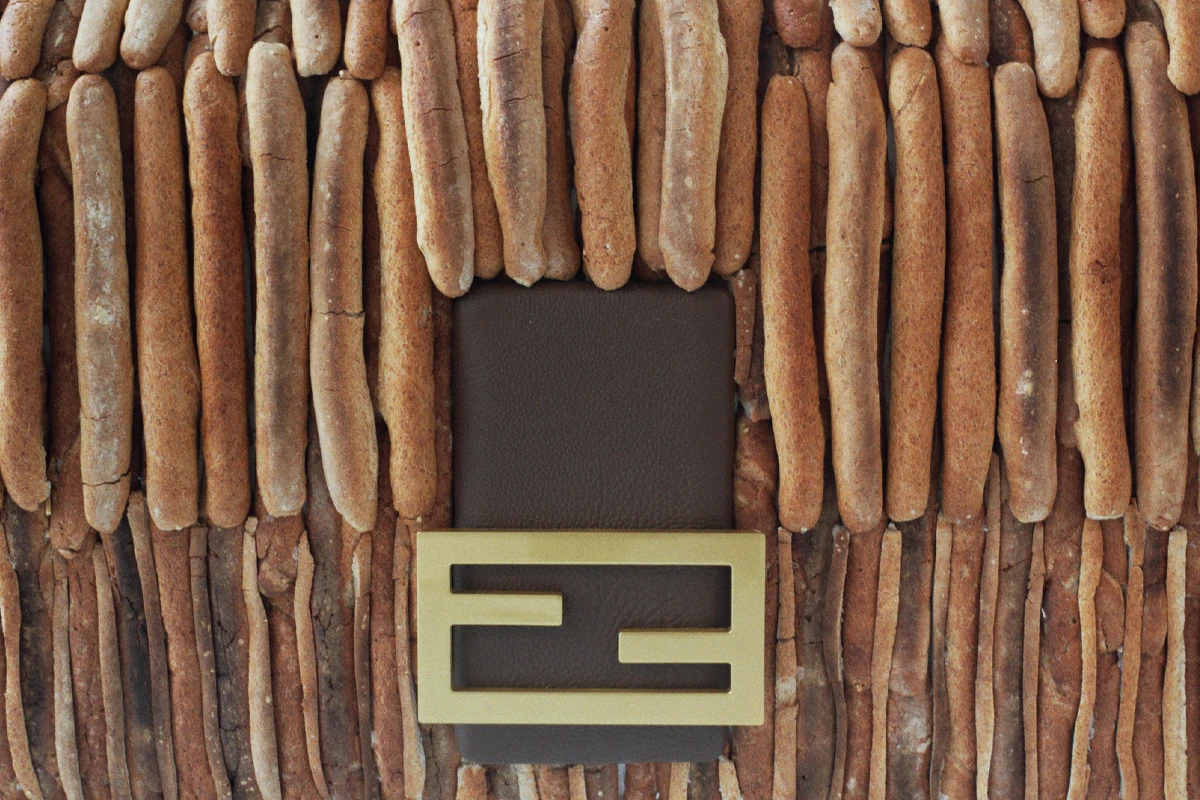
Pierre-Emmanuel Angeloglou replaces Serge Brunschwig: the new CEO of Fendi
To the left of Anna Fendi sits the new Fendi CEO, Pierre-Emmanuel Angeloglou, who replaced Serge Brunschwig. Fashion media predicted a change of management, just as gossip predicted a change of creative lead.
Fendi in Milan on Montenapoleone: the corner palace, a hotel, and a restaurant
Meanwhile, three days ago in Milan, Silvia Venturini Fendi’s men’s show took place. Fendi was one of the first brands to show a fashion collection in Milan. For many years, Fendi brought Karl Lagerfeld to work in Milan: Today Fendi imposes itself at the gateway to Via Montenapoleone. “Impose” is not a casual word: arriving from San Babila, you can see Fendi on all the windows, on the scaffolding higher up, in a 10 by 10-meter image of the Peekaboo campaign with Kate Moss and her daughter.
Fendi has taken over the corner between Via Montenapoleone and Corso Matteotti. The entire complex is a Fendi building site: like in Rome, one floor will be a hotel, another a restaurant. The opening is scheduled for next year, the centenary.
Anna Fendi, Villa Laetitia, Fendi home glasses, fur, fashion shows
Anna Fendi talks about architecture, design, and decor. Villa Laetitia, the mansions in Cortina, and a house in Paris that was reluctantly sold. Fendi Casa glasses are made according to her design: a sphere and a cone fitted together in two colors. Last week, Anna Fendi was the ambassador for the Rome Grand Prix at the Stadio dei Marmi. The waiter fills the wine glass – Anna Fendi’s name is on the bottle label. “I don’t produce wine, I curate selections.”
Furs needed to be demystified. They had to lose that sense of ostentation. Today, talking about fur in magazines is taboo – but Fendi started with fur, and today Fendi supports magazines worldwide. Moving beyond wild animal fur – which is certainly not on the table – fur falls into the same issue as the meat and food supply chain: the point is about intensive animal farming, not farming itself.
“We travelled to America, and everything changed. We had already been to Paris, we had taken a flight to Paris– but it was the American market in the mid-seventies that gave Fendi a breakthrough.” The fashion shows became media events – from the collective show set in Piazza di Spagna, Donna sotto le stelle, broadcast by a mainstream TV channel (prime minister Andreotti canceled his attendance at the very last minute), to the most iconic worldwide show on the Great Wall of China in 2007.
Delfina comes close to Anna, kisses her grandmother, repeating how much she loves her. She also says how happy she is that they will spend some days together this summer, the whole family. It can be repeated like a poem or a nursery rhyme – in fashion, the F in Fendi stands for Family.
